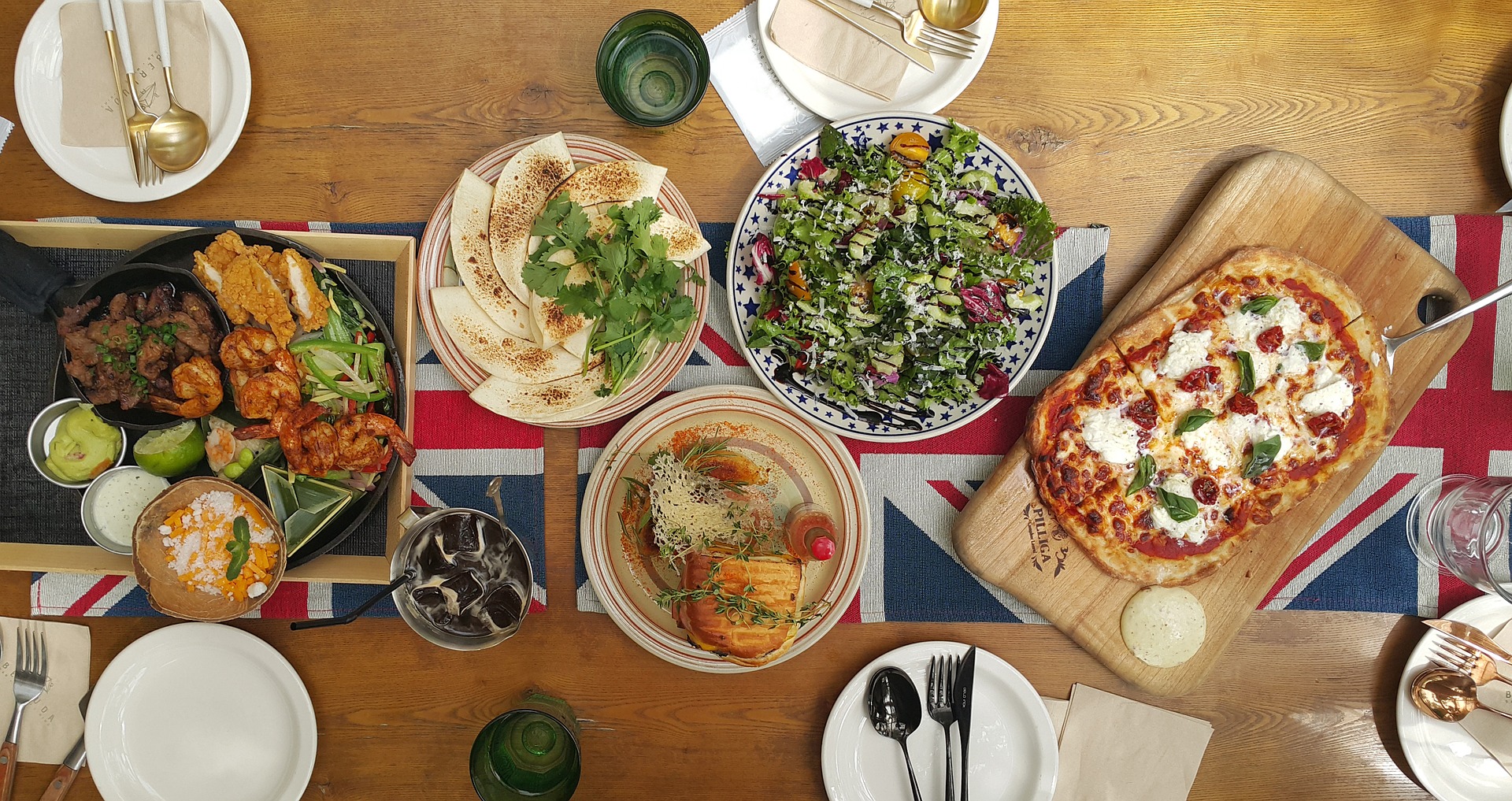In the fifth annual trends predictions announcement, Whole Foods Market’s global buyers and experts revealed the most anticipated and innovative food trends for 2020. Some of these predictions may come as no surprise, but they might inspire new products, practices, and flavors as we head into the new year.
Regenerative Agriculture
Whole Food describes in general regenerative agriculture as “farming and grazing practices that restore degraded soil, improve biodiversity, and increase carbon capture to create long-lasting environmental benefits, such as positively impacting climate change.” Brands that are backed by such agricultural methods may see a growing fan base in the months ahead.
A field of flours
As seasoned and amateur bakers alike look to scratch a creative itch in the kitchen, an array of interesting flours are entering the market making baking more inclusive and adventurous. The bakery aisle is heating up with a wealth of flour options. Fruit and vegetable flours (like banana and cauliflower), tiger nut flour, and seed flour blends could be fueling experimental baking next year. And the inclusion of “super” flours will add more fiber and protein power to the mix.
West African inspired Foods
Whole Foods predicts more consumers will be reaching for foods inspired by the earthy and traditional dishes of West Africa. The trio of tomatoes, onions and chili peppers form a base for many West African dishes, and peanuts, ginger and lemongrass are all common additions. The 16 nations within West Africa share similar foods, but each have their own specialties based on subtle influences from the Middle East and Western Europe. Brands are looking to West Africa for its superfoods too like moringa and tamarind, and lesser known cereal grains sorghum, fonio, teff and millet. Chefs like Pierre Thiam are embracing the region too. His new Harlem restaurant, Teranga, is an ode to African culture through food.
Snacking gets chilled
Busy lives have led to the growth of convenient, grab-and-go meals and snacking options. The refrigerated section is filling up with the kind of wholesome, fresh snacks typically prepared and portioned in advance at home: hard-boiled eggs with savory toppings, pickled vegetables, drinkable soups and mini dips and dippers of all kinds, all perfectly portioned and in convenient single-serve packaging. Even nutrition bars have made their way from the shelves to the chiller, thanks to the addition of fresh fruits and vegetables. These snacking innovations mean ingredients lists are shrinking and there’s a lot less guesswork in picking up a quick snack you can feel better about.
Plant-based, without the soy
Whole Foods anticipates the rise of “no soy” products that include ingredients such as mung beans, pumpkin, avocado, hempseed, watermelon seed, and golden chlorella. As the plant-based movement gains traction with flexitarian eaters, brands are looking to avoid as many of the top allergens as possible, so look for plant-based prepared foods (especially meat alternatives) and traditionally soy-based condiments going soy-less!
Butters and Spreads
Has (insert nut, seed, snack) been made into a butter yet? It’s likely to happen in 2020. Think seed butters beyond tahini – like watermelon seed butter – and seasonal products like pumpkin butter year-round. Nut butters beyond cashew, almond, and peanut (hello, macadamia) and even chickpea butters (no, it’s not a new name for hummus). Look for creamy vegan spreads perfect for toast, crackers, bagels, and celery sticks that get their full flavors from trending superfoods like pili. It helps the trend that spreads and butters are touting paleo- and keto-friendly attributes, but transparency is also a key player in this trend. Many brands are looking to either eliminate the use of palm oil or promote a Responsibly Sourced Palm Oil certification and use nuts that are grown in ways with less likelihood for environmental impact.
Next Generation food trends
The kids’ menu could soon be getting a makeover. By 2026, 80% of millennials will have children, and many parents are introducing their kids to more adventurous foods — with great results. (Seeing kids chowing down alongside parents at the Whole Foods Market sushi bar is a common sight.) Food brands are taking notice for the next generation – possibly our first true “foodies” – expanding the menu beyond nostalgic foods with better-for-you ingredients and organic chicken nuggets. They’re bridging the gap from old-school basic kids’ menus and taking more sophisticated younger palates into consideration. Think non-breaded salmon fish sticks. Foods that are fermented, spiced or rich in umami flavors. Colorful pastas in fun shapes made from alternative flours. Maybe it’s time adults start taking some cues from the kids’ menu.
Sweetened with sugar substitutes
Sure, there’s sugar. But for those seeking sweetness outside of the usual suspects like sugar, stevia, honey and maple syrup, there’s lots more to choose from for your cooking, baking and tea- or coffee-stirring needs. Syrupy reductions from fruit sources like monk fruit, pomegranates, coconut and dates are one way to add concentrated, unique flavors into recipes for desserts, meat glazes and marinades. Sweet syrups made from starches like sorghum and sweet potato can be compared to the deep flavors of molasses or honey, and can be used for baking and sweetening beverages. Swerve, a cup-for-cup zero-calorie non-glycemic replacement for sugar, combines erythritol with ingredients from fruit and starchy root vegetables to produce a sweetener that’s available in granular, confectioners’ and brown versions.
Meat-Plant Blends
Butchers and meat brands won’t be left out of the “plant-based” craze in 2020, but they’re not going vegetarian. Chefs across the country have been on board with the trend for years through James Beard Foundation’s The Blended Burger Project, a movement that strives to make the iconic burger “better for customers and for the planet” by blending in at least 25% fresh mushrooms. For the health-conscious at-home chef, adding plant-based ingredients to meatballs and burgers has an added bonus – it’s budget-friendly! Major brands like Applegate are seeing if meat-eating consumers will swap a traditional beef burger for one with 30% plant-based ingredients, touting benefits of less fat and cholesterol when compared to USDA data for regular ground beef (check out Applegate’s website for nutritional comparison information). And other brands are taking note, too, with products like the Lika Plus Burger made using 75% ground beef blended with 25% Lika Plus (wheat, mushroom, barley yeast and water), showing up at meat counters in Whole Foods Market’s Southwest region. Flexitarians looking to strike a tasty balance between meats and plants can expect more blended products in their future.
Unique drinks, minus the alcohol
The distilling methods, cocktail flavors, and packaging often reserved for alcoholic beverages are finding alternatives to alcohol, unique non-alcoholic options are popping up everywhere, from menus at the world’s most acclaimed bars to specialty stores. Martinis made with botanical-infused faux spirits, hops-infused sparkling waters, and zero-proof aperitifs are some of the drinks we could see more of in 2020.



